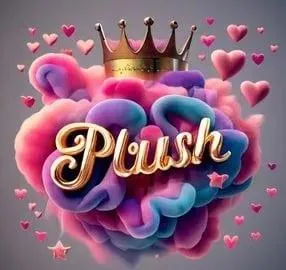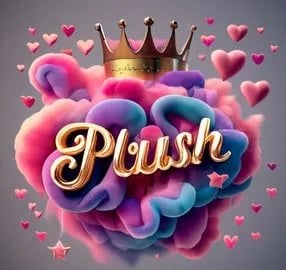Embrace the Plushy Life with Plush Relationships
A vibrant hub for personal growth, wellness, travel, business, and soulful inspiration!
Affiliate Disclosure: Some links on this website and blog are affiliate links, which means I may earn a commission if you make a purchase through them—at no extra cost to you.
I only share products and resources I truly believe in. Thank you for supporting Plush Relationships LLC!
Welcome to
Plush Relationships!
I’m so glad you’re here—this is your space for inspiration, growth, and genuine connection.
Hi, I’m Missy. Mom, marketer, promoter & creator!
The Heart & Soul Behind Plush Relationships!
After navigating loss, trauma, and transformation, I created this vibrant hub to blend curiosity, creativity, and self-love. Plush Relationships is inspired by my own healing journey and is a space for practical tools, digital marketing, music promotion, creative designs, and empowering resources.
Music is my soul’s language, and you’ll see it throughout everything I do—from championing artists like Criket Da Gift to sharing uplifting playlists. I’m also the creator of Plushy Creations, where you’ll find cute, empowering merch and stickers for a little extra plushy joy.
I’m incredibly resourceful—there’s not much I can’t do! If you need something special or unique, just reach out and we’ll figure it out together.
You’re always welcome here. Let’s elevate every day, nourish our souls, and embrace the Plushy life—together!
Never Miss Another Call—Meet Your New AI Employee!
Imagine an assistant who never sleeps:
Our AI employee answers your business calls 24/7, takes messages, and sets appointments—so you never miss a customer or an opportunity again.
(Coming Soon)
Ready for inspiration, practical tips, and a fresh dose of Plushy magic!
Dive into the Plush Relationships Blog for empowering stories, wellness wisdom, travel guides, music spotlights, and so much more.
Add a Little Plushy Joy to Your Day!
Discover unique, uplifting stickers and merch designed to inspire, motivate, and make you smile.
Shop Plushy Creations on and find the perfect piece to brighten your space or share with someone special!
Elevate Every Day—Spirit, Mind, and Heart. Empower Yourself. Nourish Your Soul.
Small Call to Action Headline

“Sign up now to receive a FREE Haircare Guide: ‘10 Secrets to Luscious Locks’ + exclusive access to discounts on your favorite products!”
By checking this box, I consent to receive transactional messages related to my account, orders, or services I have requested. These messages may include order confirmations and account notifications among others.
By checking this box, I consent to receive marketing and promotional messages, including special offers, discounts, new product updates among others. Message frequency may vary.
Create Your Perfect Plushy Experience!
All packages and services are fully customizable—mix, match, or request something special to fit your unique needs. For business cards, printed materials, or larger orders, additional printing and shipping fees may apply. I’m happy to provide a custom quote to make sure your project turns out plushy and perfect.
If you don’t see exactly what you need, just reach out—together, we’ll create the ideal solution for your vision!
Want to work with us?
Interested in partnering with Plush Relationships?
Contact us and let’s create something amazing together!

FOLLOW US
Copyright 2025. Plush Relationships. All Rights Reserved.
